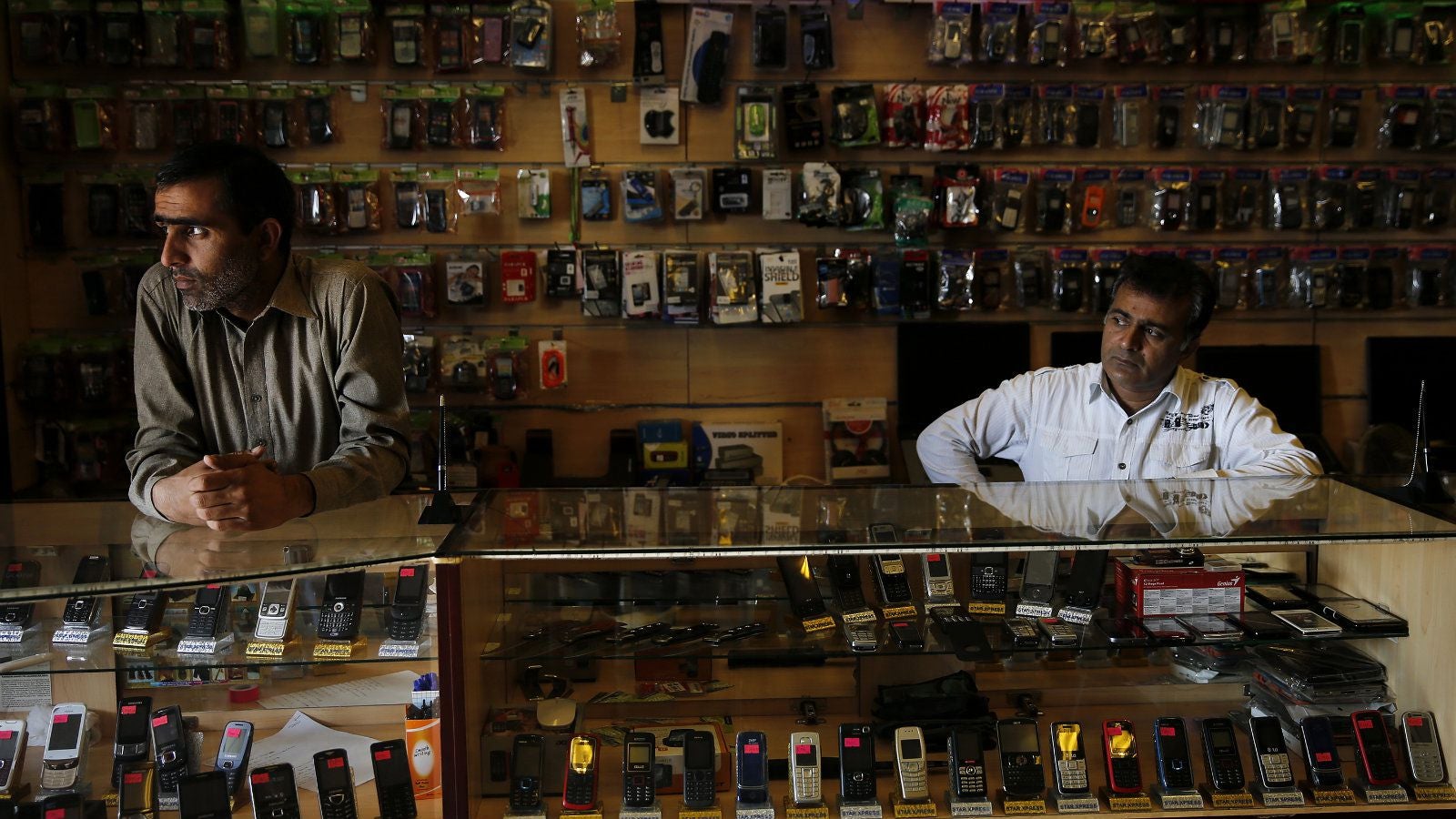There’s at least one country where BlackBerry utterly dominates the smartphone market
In most parts of the world, Samsung smartphones rules the market by virtue of their ubiquity, affordability, and variety. Not South Africa. For the fourth year in a row, the most popular phone in South Africa is the BlackBerry 8520 Curve, released in 2009.


In most parts of the world, Samsung smartphones rules the market by virtue of their ubiquity, affordability, and variety. Not South Africa. For the fourth year in a row, the most popular phone in South Africa is the BlackBerry 8520 Curve, released in 2009.
The next two devices on a list of most used smartphones in South Africa, published by Mybroadband.co.za and compiled by Vodacom (Vodafone’s name in parts of Africa), are also made by BlackBerry. The first Samsung device comes in at number 4.
Vodacom’s numbers are pretty representative of the South African smartphone market. More than half of smartphone users in South Africa use the Vodacom network, according to the Interactive Advertising Bureau (pdf).
There are a few possible reasons for the enduring popularity of BlackBerry phones. Before the smartphone revolution truly took hold, many parts of the developing world took to BlackBerry phones as a signifier of status. The phones were initially used by people in desirable corporate jobs; they became a symbol of white-collar success. The ability to check email with the convenience of a keyboard didn’t hurt either.
But it was BlackBerry Messenger that really cemented the phones’ popularity. Before WhatsApp and the hundreds of other messaging apps came into being, BlackBerry phones also offered an incentive for the thrifty: messages between BlackBerry devices were free. That created strong network effects that, at least in South Africa, are still paying off.
Another clue can be found in the age of the most popular BlackBerry phones in South Africa. They were all released between two and five years ago. Upgrade cycles in the poor world are much slower than in the west. Customers buy their handsets outright, repairing and using them until they finally give up. The enduring popularity of BlackBerry may last only until the phones in customers’ pockets do.